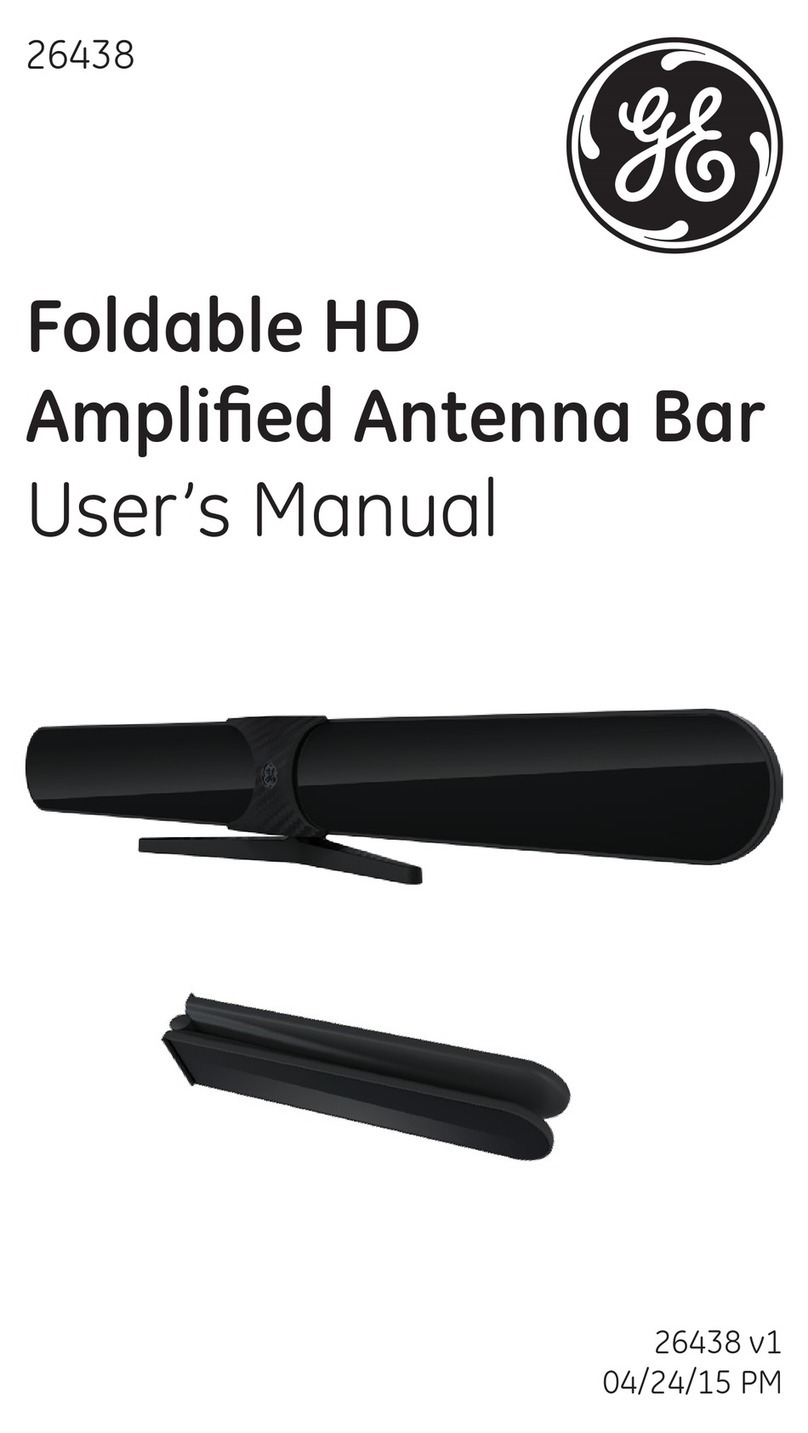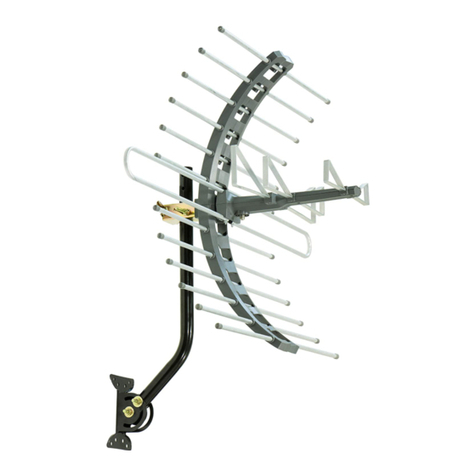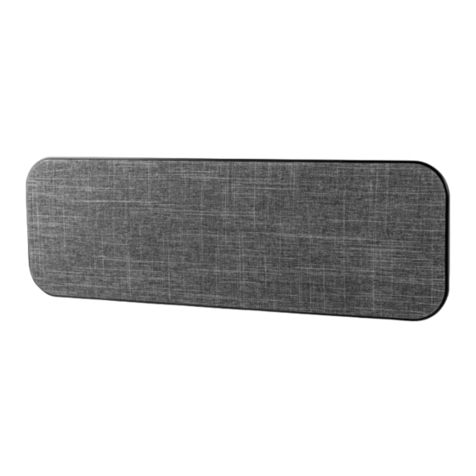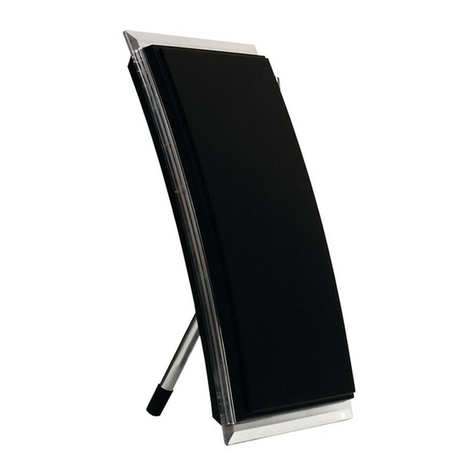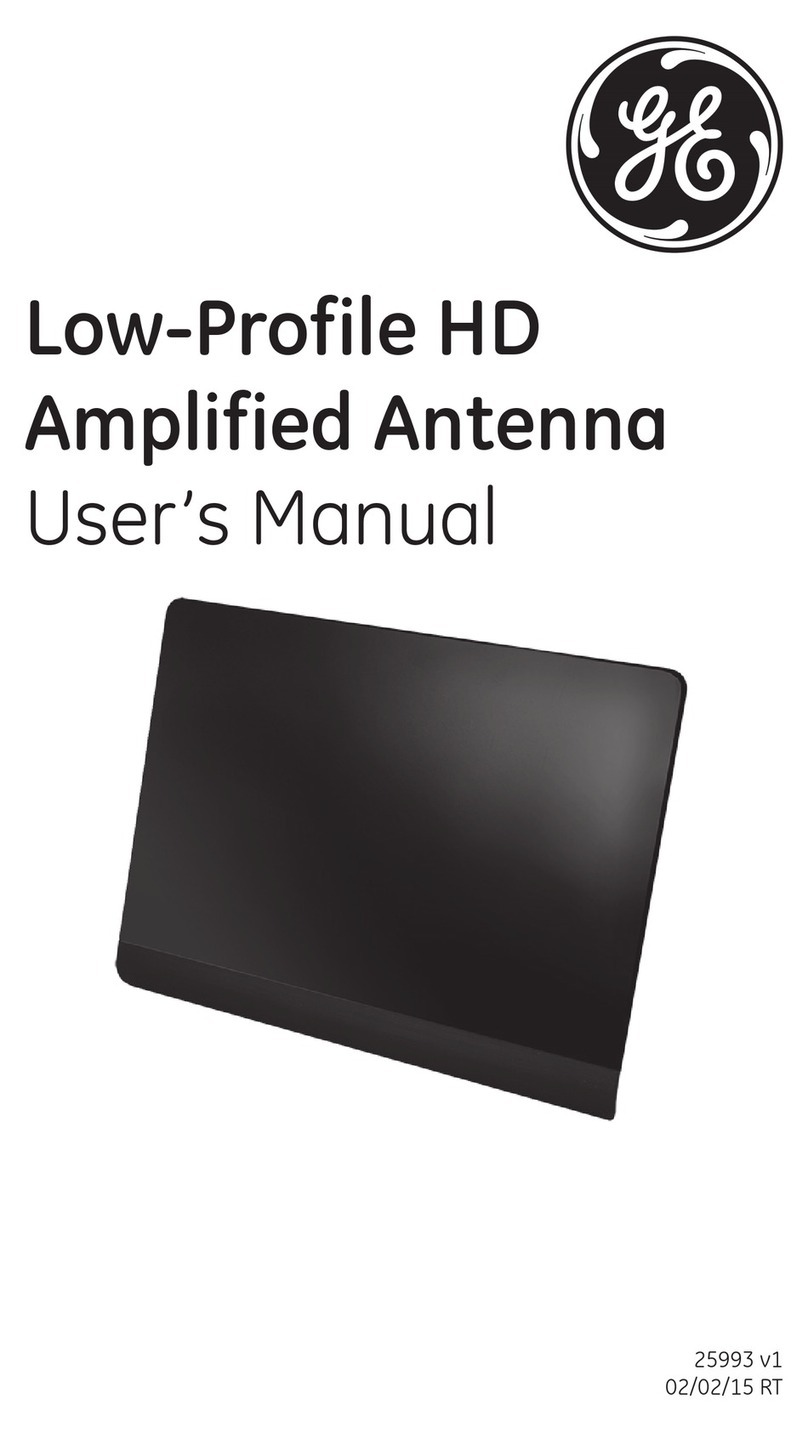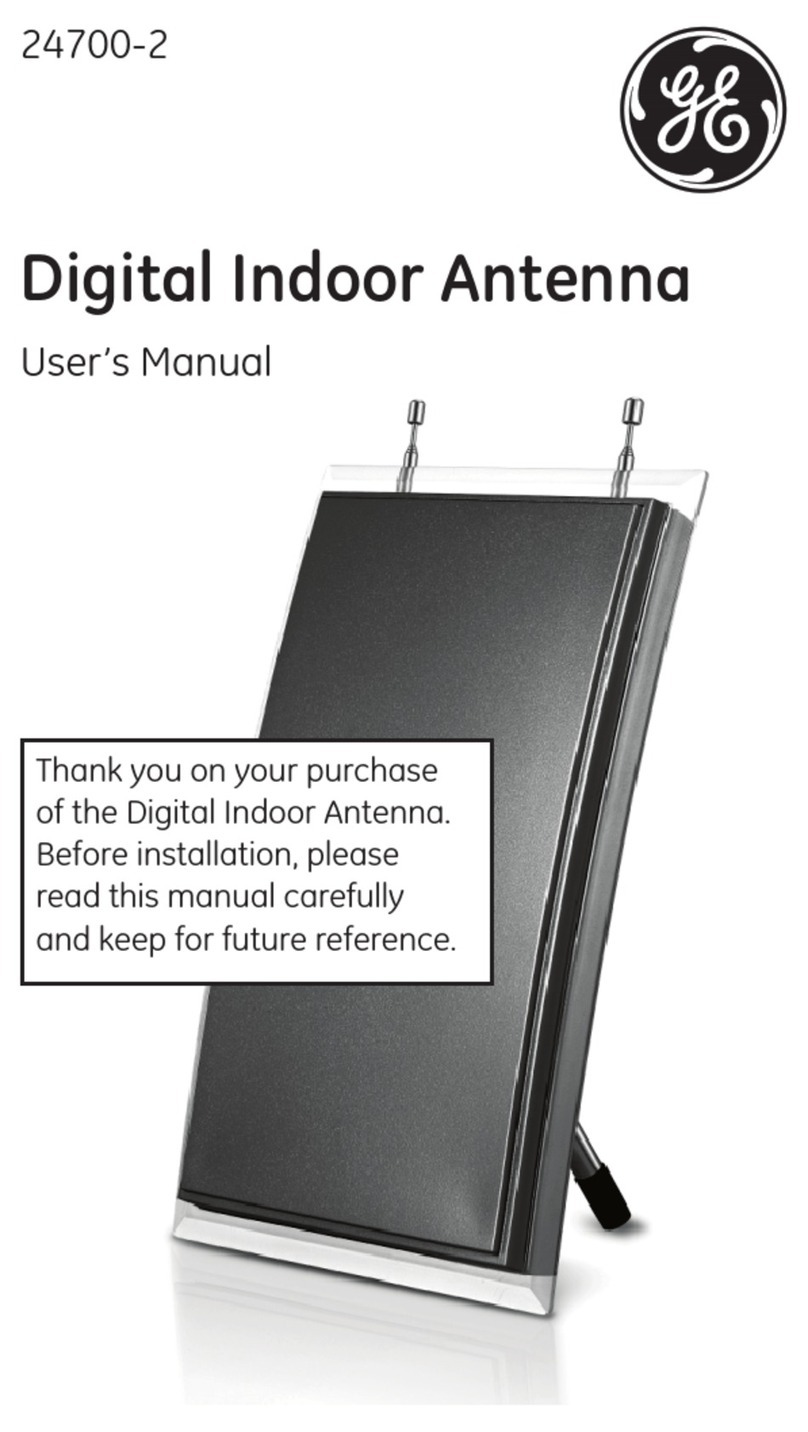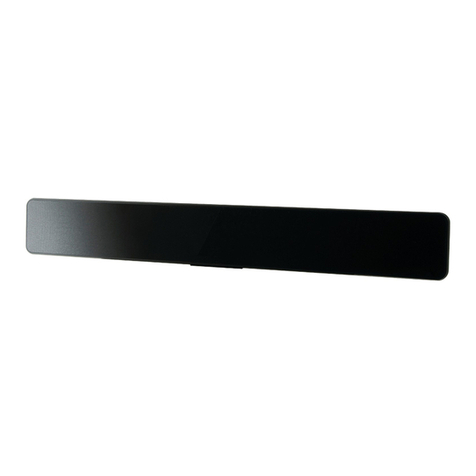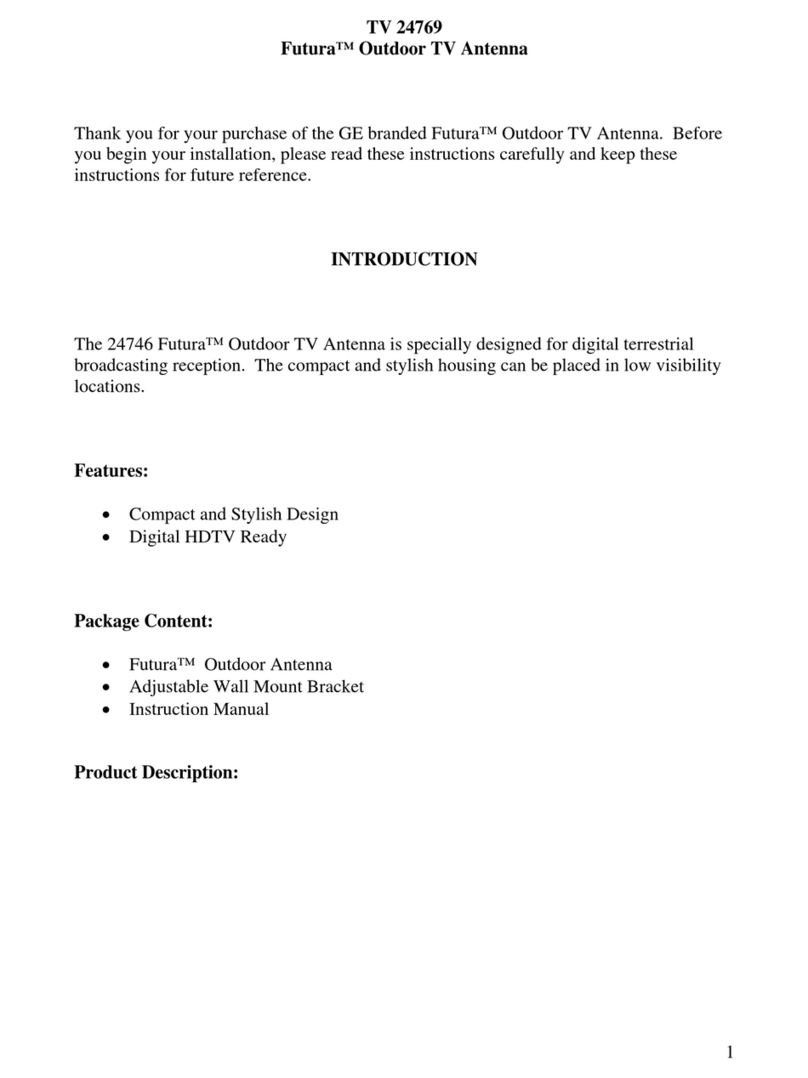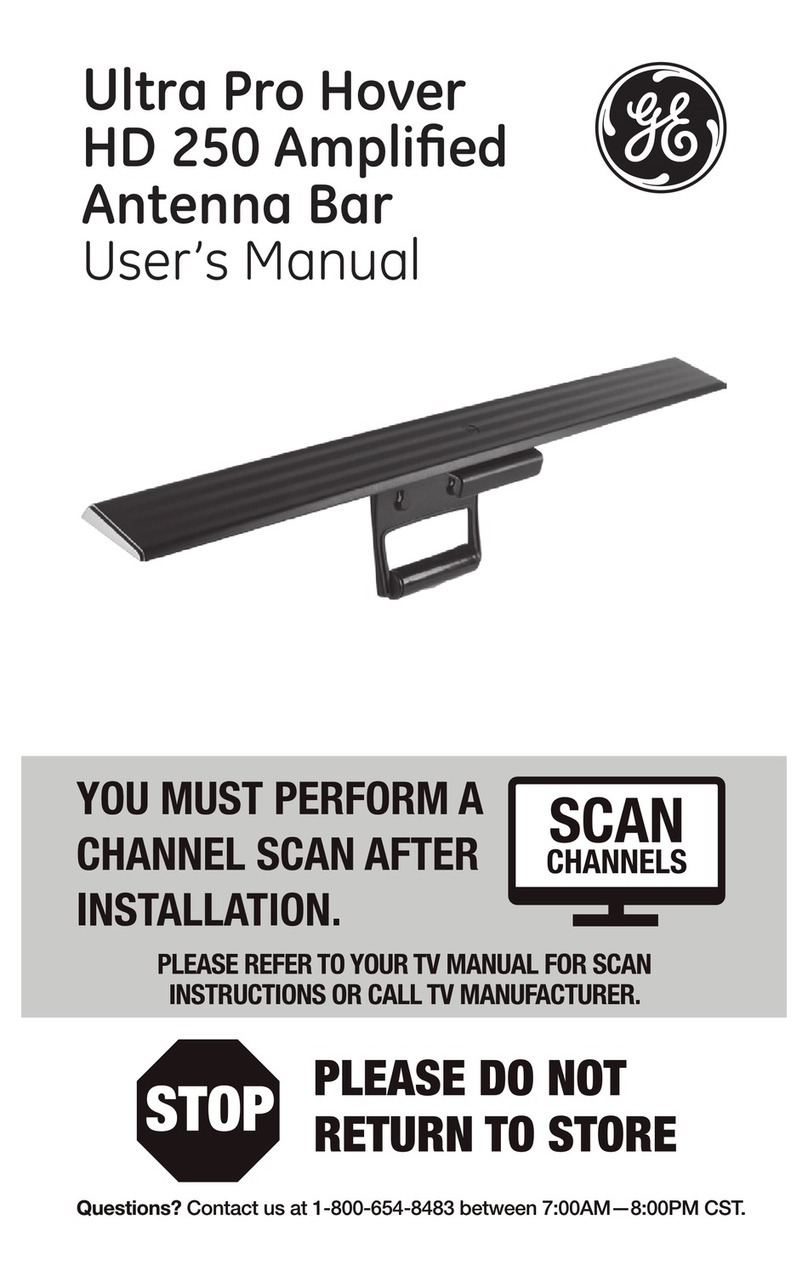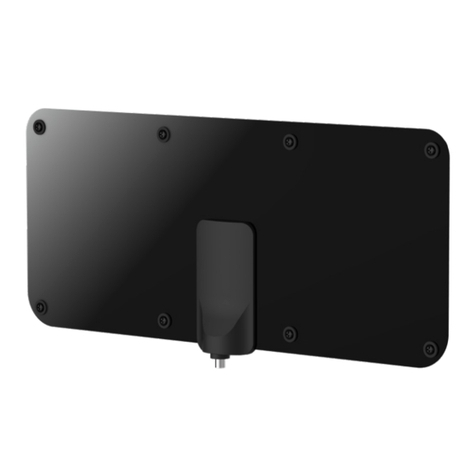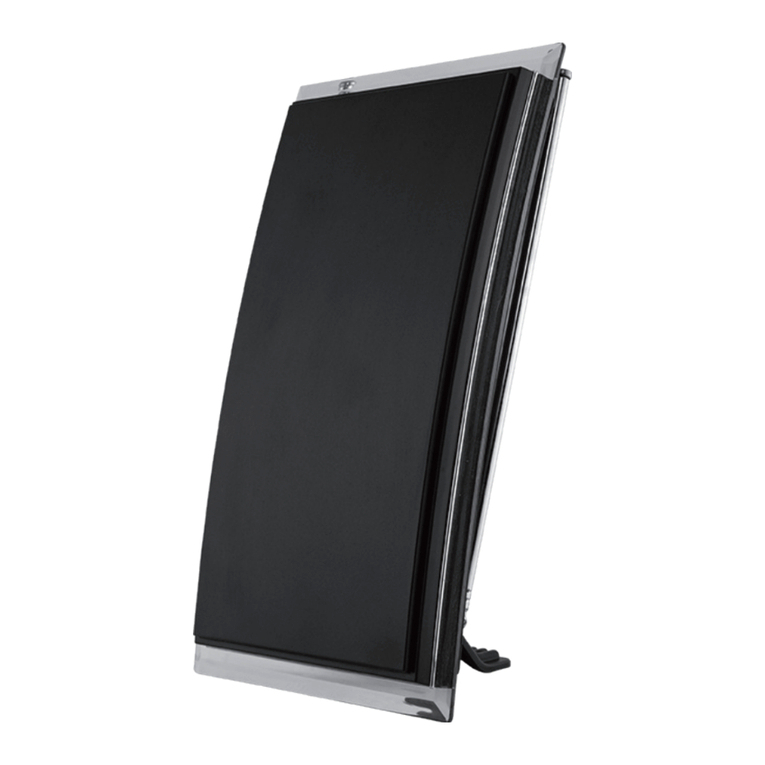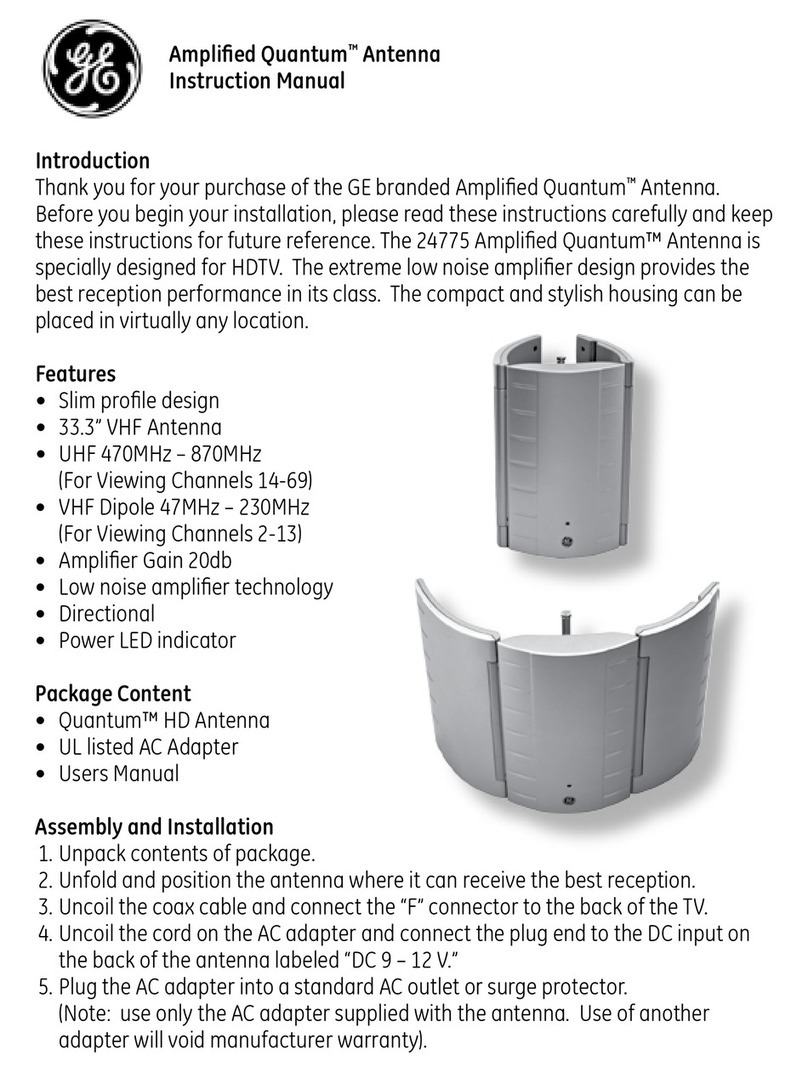
4
IMPORTANT SAFETY INSTRUCTIONS:
• NEVER touch ANYTHING or ANYONE in contact with a
power line. You can be electrocuted. In case of an accident
or emergency, call 911 immediately for help.
• INSPECT your installation site carefully for power lines.
Make sure there is no possibility the antenna, its mounting
structure or your ladder can contact power lines. Consider
what can go wrong during installation.
• KEEP the distance between power lines and the antenna
and its mounting structure at least twice the combined
height of the antenna and mounting structure added
together. In the event the antenna falls during or after
assembly, there must be sufficient distance to ensure it
does not contact the power lines.
• KEEP your ladder, the antenna and antenna mounting
structure (such as mast, pole and mount) far away from
power lines at all times.
• GROUND the antenna and the antenna mounting
structure in accordance with the NEC electrical code, all
state and local electrical code requirements.
• COMPLETE the antenna assembly on the ground.
• DO NOT use a metal ladder or install the antenna on a
windy day. If the antenna or mast starts to fall, do not
attempt to catch the antenna.
• EXERCISE caution when working on a roof.
• APPLY the included danger label to the base of the
antenna mounting structure.
• INFORM others of the danger of touching power lines or
touching other objects in contact with power lines.
• CONTACT a professional installer to install the
antenna if you are unsure how to safely install and
ground this antenna.
• DO NOT use the power inserter and power supply
outdoors. They are rated for indoor use only. Use only the
power supply provided with the antenna.












